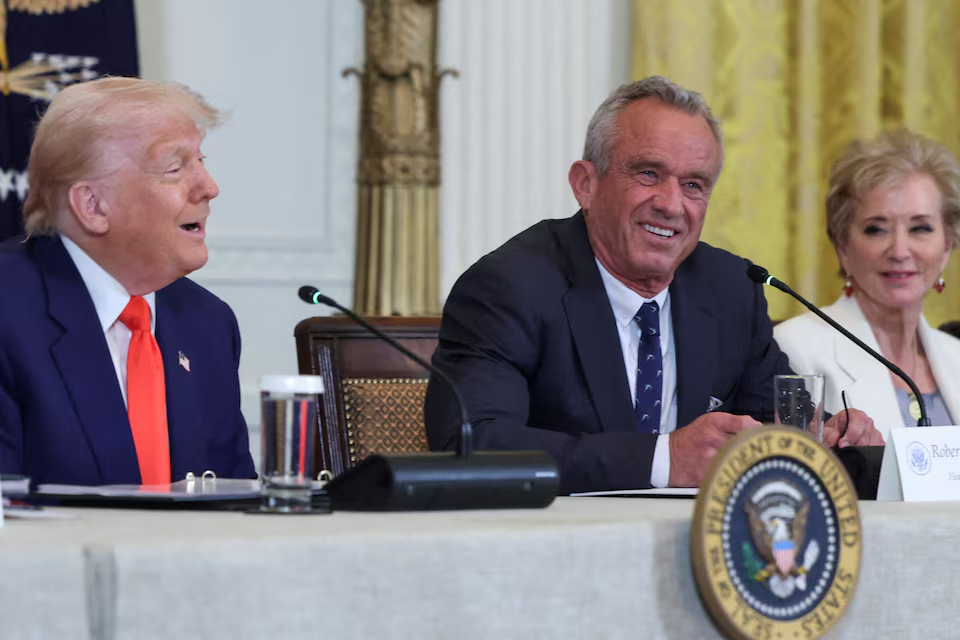American Consumers Retrace Steps as Pre-Tariff Spending Surge Subsides
- Jun 27
- 3 min read
27 June 2025

May ushered in a marked slowdown in U.S. consumer spending, with outlays declining 0.1% a retreat that underscores the unwinding of last spring’s surge in purchases ahead of anticipated tariffs. This contraction, the second of its kind this year, followed a modest 0.2% rise in April.
The dip was broadly driven by decreased expenditure on durable goods, especially vehicle purchases, as well as a pullback in nondurable goods like gasoline and groceries. Nominal spending on services eked up only 0.1%, propped up by housing, utilities and healthcare, while spending on discretionary areas like travel, dining, and insurance showed outright weakness.
While analysts had anticipated a 0.1% gain, the unexpected drop highlights how geopolitical signals, particularly the Trump administration’s tariff-related anxiety have clouded the consumer outlook. Economists explain that the front‐loaded buying ahead of last April’s tariff deadline created a distortion: households effectively borrowed from future spending, leaving a quieter May.
Income data provided further clarity. Total personal income fell 0.4%, primarily as Social Security Fairness Act payments eased. However, wages climbed 0.4%, suggesting households retained purchasing power, even as price pressures persisted. Core Personal Consumption Expenditures inflation ticked 0.2% for May bringing year-over-year gains to 2.7%, slightly above April’s 2.6%. Headline PCE held at 2.3% annually.
Federal Reserve officials, including Chair Jerome Powell, have stressed the need for more data before adjusting rates. Minneapolis Fed President Neel Kashkari anticipates two rate cuts this year, likely starting in September unless inflation flares or tariff impacts compound. At present, the Fed remains in a cautious, data-driven stance.
Markets reacted dynamically to the mixed signals. Treasury yields edged higher, gold prices dipped as risk appetite recovered, and equities saw modest gains. Still, the persistent outflows from equity funds despite strong headline returns, signal that many investors are cautious, balancing optimism with prudence.
U.S. retail sales have followed a similar pattern. They dropped 0.9% in May the sharpest decline in four months as vehicle and gasoline purchases deflated after their April surge. However, core retail sales, which exclude autos, gas, building materials and food services, rose 0.4%, echoing the subtle underlying resilience in household spending.
Economists point to a nuanced picture: consumer stamina remains, but sentiment is fragile. Elevated wages and ongoing direct payments offer support, yet trade uncertainty and policy unpredictability are looming dampeners. While goods spending swings show volatility, services consumption and particularly housing and healthcare remains steady.
Looking ahead, several key indicators may guide the economic narrative in the coming months. Tariff developments remain at the forefront. Predictions suggest moderate inflation may reemerge in June once imported goods and services begin to reflect new duties. That makes the Fed’s forthcoming inflation and payroll report potential game changers.
Real GDP growth, which stumbled early in the year due to a record goods trade deficit, is expected to rebound in Q2 as the temporary boost from imports fades. The real question is whether a steady labor market and consumer behavior can sustain momentum once the front-loading effect clears.
The Federal Reserve is navigating grey terrain with both inflation and growth data trending sideways. Its trajectory possibly easing later this year depends on whether inflation moderates toward 2% without derailing economic expansion. Policymakers will need to monitor both goods and services inflation as well as consumer and business sentiment.
This may mean that while May’s decline looks modest, its significance lies in timing. It emphasizes how American households respond less to headline optimism than to erratic signals in trade policies and pricing. The ultimate economic outcome will hinge on whether the U.S. can transition from tariff-induced spending booms to organically sustained consumption growth without sacrificing inflation stability or growth prospects.



Comments